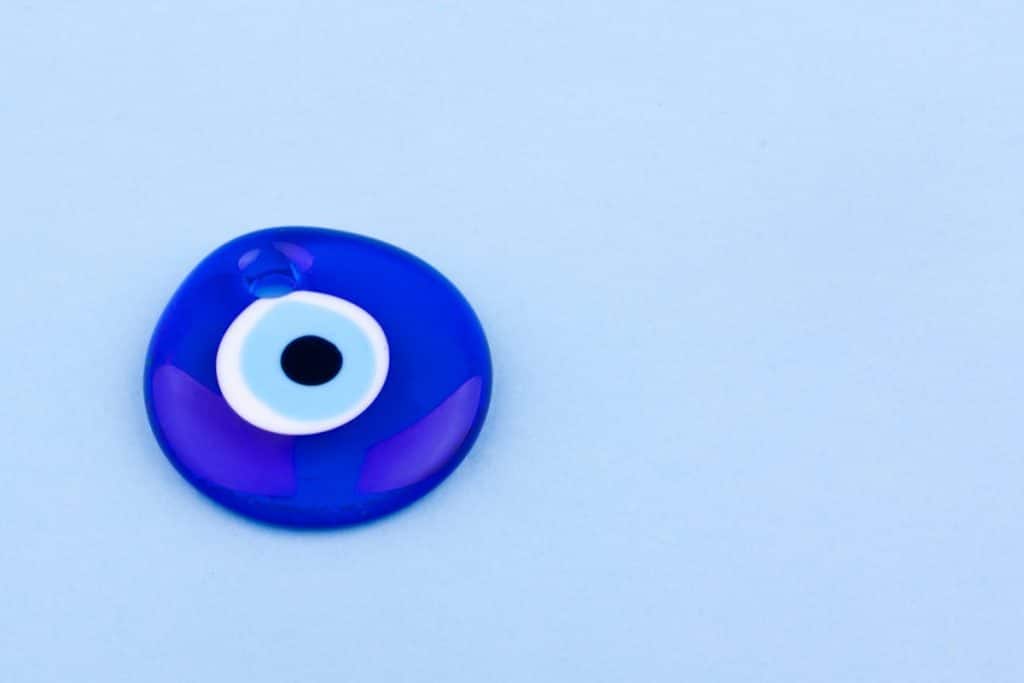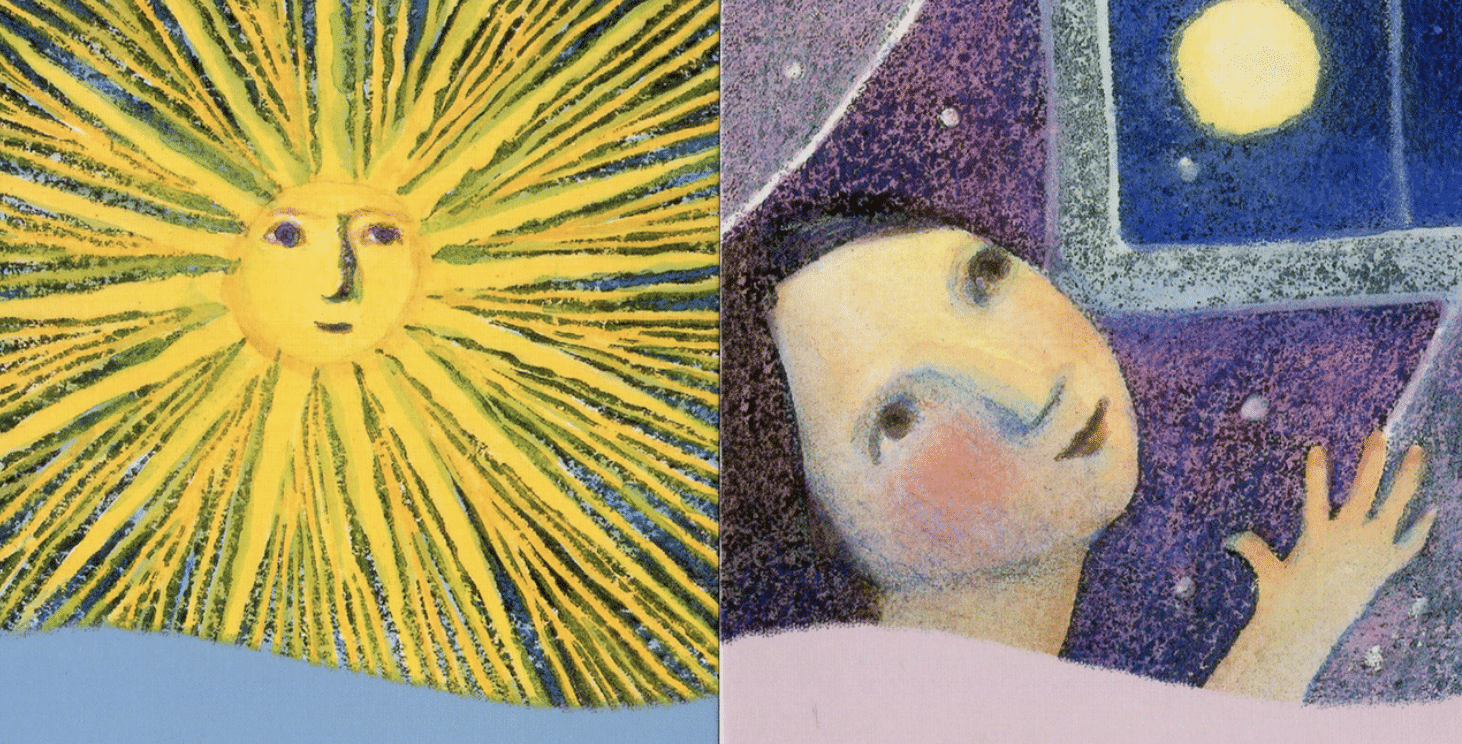🧿 The Sinister Eye: Exploring the Intricate Ties Between Witchcraft and the Ancient Superstition of the Evil Eye
The concept of the evil eye is one of the oldest superstitions in human history, with roots stretching back to ancient civilizations. The evil eye, sometimes referred to as “the envious eye,” is a belief that certain individuals have the power to cause harm or bad luck through their gaze.

This superstition has been embraced by many different cultures and religions, and remains a potent symbol of fear, magic, and protection.
Table of Contents
The Origins of the Evil Eye
The concept of the evil eye has its roots in ancient Mesopotamia, where it was believed that the eyes of jealous or envious people could cause harm to others. The superstition then spread to the Greeks and Romans, who saw the evil eye as a widespread curse that could be cast intentionally or unintentionally.
In many cultures, the evil eye was thought to be the cause of mysterious illnesses, accidents, and misfortunes that befell individuals and communities. This led to the use of amulets and talismans as protective measures against the evil eye’s curse.
The Symbolism of the Evil Eye
The evil eye is often depicted as a symbol of a single blue eye surrounded by concentric circles or other ornate designs. This symbol has been used in jewelry, home decor, and clothing for centuries and has become synonymous with protection and good luck.
In some cultures, the evil eye is also associated with envy and jealousy. The belief is that those who possess the evil eye’s power can inflict harm on those they envy, leading to a culture of suspicion and fear.
The Evil Eye in Witchcraft
The belief in the evil eye has long been intertwined with witchcraft, which has led to many misconceptions and misunderstandings about both practices. In many cultures, witches were believed to possess the power to cast the evil eye intentionally or unintentionally, leading to persecution and fear.
However, in some cases, the evil eye was used as a convenient scapegoat to explain mysterious illnesses and misfortunes. Those accused of being witches were often subjected to brutal punishments, including torture and execution.
The Power of the Evil Eye Today
Despite the passage of time, the belief in the evil eye remains a potent force in many parts of the world. In some cultures, the evil eye is seen as a powerful curse that can only be lifted through the use of magical rituals and spells.
In other cultures, the evil eye is viewed more as a protective talisman and is often worn as a piece of jewelry or displayed in homes and businesses as a way to ward off negative energy.
The Evil Eye in Popular Culture
The evil eye has also made its way into popular culture, appearing in books, movies, and television shows. One example is J.K. Rowling’s Harry Potter series, where the evil eye is depicted as a magical object that can see through walls and read people’s thoughts.
In music, the evil eye has been referenced in songs by artists such as Drake and Taylor Swift, who use the symbol to represent the jealousy and envy that can come with fame and success.
🧿 The Evil Eye As A Symbol
The evil eye is a complex and intriguing symbol that has endured for centuries, with roots in ancient Mesopotamia and a widespread presence in many different cultures and religions. Whether viewed as a curse or a protective talisman, the power of the evil eye remains a potent force in many parts of the world.
Byunderstanding the history and symbolism of the evil eye, we can gain a deeper appreciation for the rich and diverse tapestry of human belief and superstition.
Moreover, the evil eye’s connection to witchcraft highlights the complex relationship between religion, magic, and superstition. While many cultures view witchcraft as a negative force, it is often rooted in traditions and practices that have been passed down through generations and provide a sense of connection to the past.
Furthermore, the prevalence of the evil eye in popular culture shows how superstitions and beliefs continue to evolve and adapt to modern times. The evil eye’s symbolism has been used in everything from fashion to music, showing how it continues to capture people’s imaginations and interest.
The Importance of Protective Measures
Despite the superstitions surrounding the evil eye, it is essential to note that many cultures also believe in protective measures to ward off its curse. These measures include amulets, talismans, and even specific rituals and prayers.
The use of amulets and talismans has a long history in human cultures, with many people believing in their power to ward off evil and protect against harm. In the case of the evil eye, specific amulets and talismans have been created to protect against its curse.
For instance, the nazar, a blue bead with a black dot in the center, is a common amulet in the Middle East and is believed to protect against the evil eye’s curse. The hamsa, a hand-shaped amulet with an eye in the center, is another common talisman that is believed to protect against the evil eye and other forms of harm.
In addition to these physical protective measures, many cultures also use specific prayers and rituals to ward off the evil eye’s curse. For example, in Islam, reciting certain verses from the Quran and using specific prayers is believed to protect against the evil eye’s curse.
The Continuation of Superstitions and Beliefs
The persistence of the evil eye’s superstitions and beliefs is a testament to the enduring power of human imagination and the complex relationship between religion, magic, and superstition. While some may view these beliefs as outdated or irrational, they provide a sense of comfort and security for many people, helping them navigate the uncertainties of life.
Moreover, the continued use of amulets, talismans, and protective measures shows how these beliefs have adapted to modern times, providing a sense of continuity and tradition across generations.
Final Thoughts
The evil eye is an ancient and fascinating symbol that has endured for thousands of years, with roots in ancient Mesopotamia and a widespread presence in many different cultures and religions. The connection between the evil eye and witchcraft highlights the complex relationship between religion, magic, and superstition, while the prevalence of the evil eye in popular culture shows how these beliefs continue to evolve and adapt to modern times.
Despite the superstitions surrounding the evil eye, many cultures also believe in protective measures to ward off its curse, including the use of amulets, talismans, and specific rituals and prayers. These beliefs provide a sense of comfort and security for many people, helping them navigate the uncertainties of life and connecting them to their cultural heritage.
In conclusion, the evil eye remains a potent symbol of human belief and superstition, and by understanding its history and significance, we can gain a deeper appreciation for the rich and diverse tapestry of human culture.






